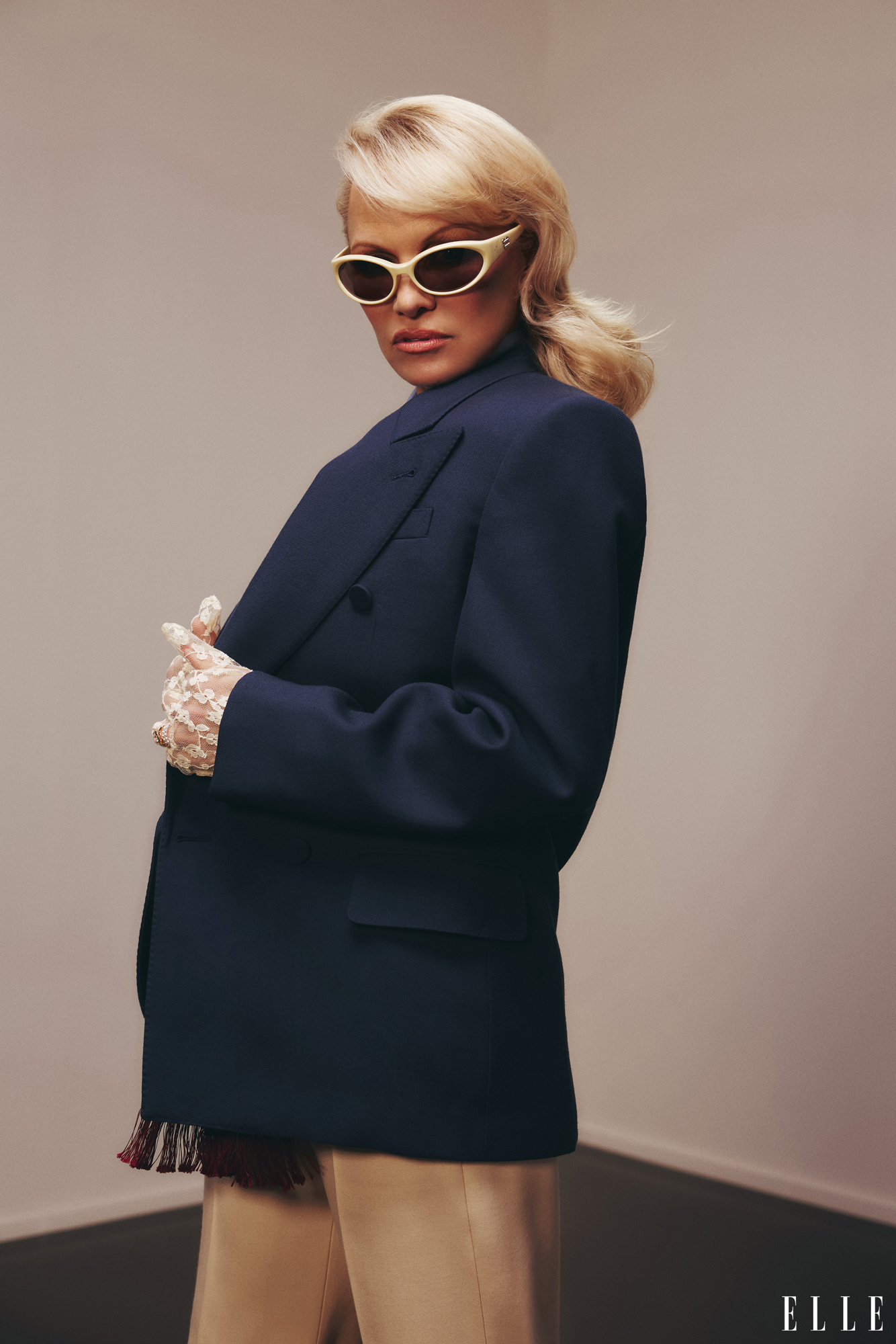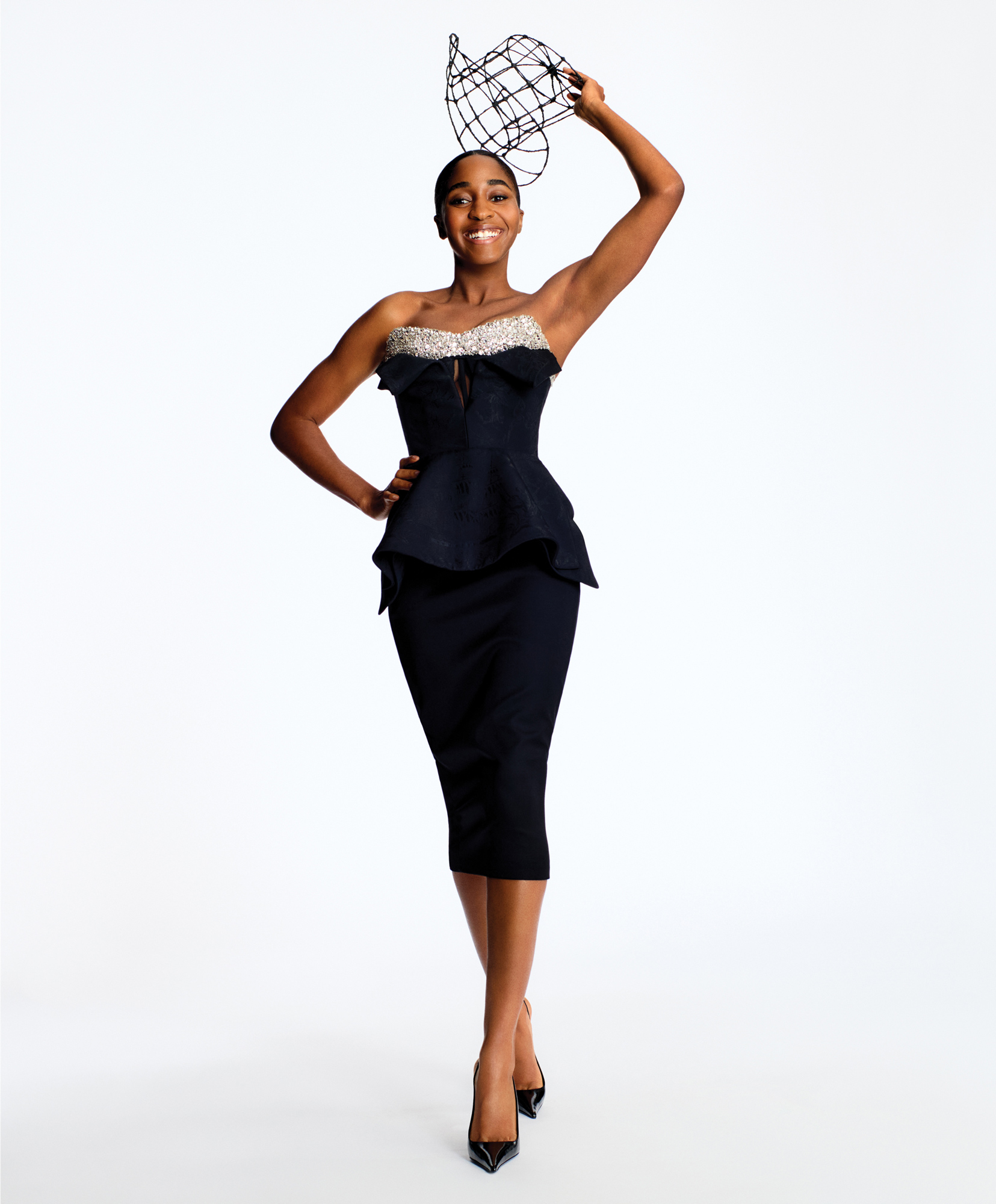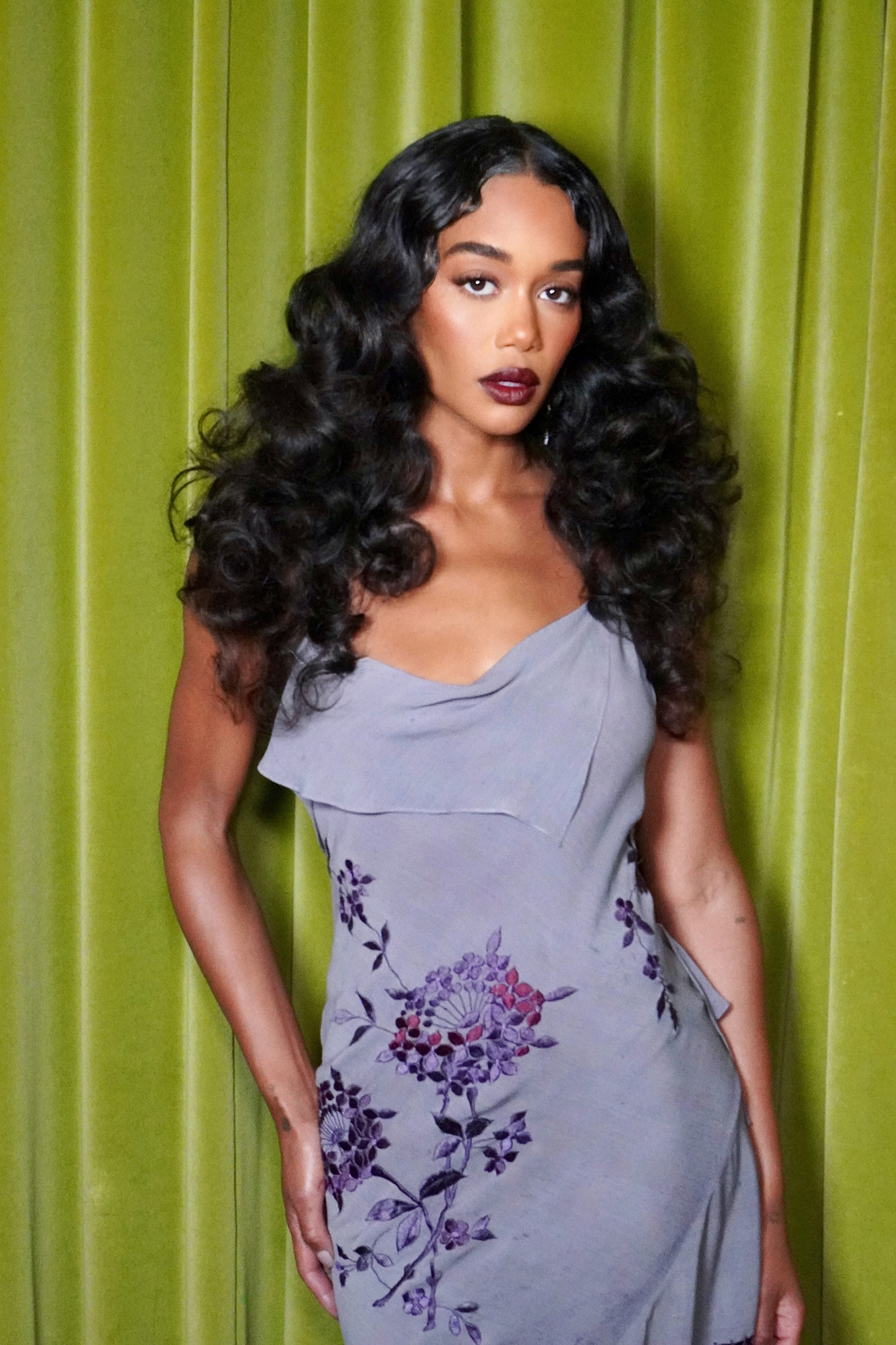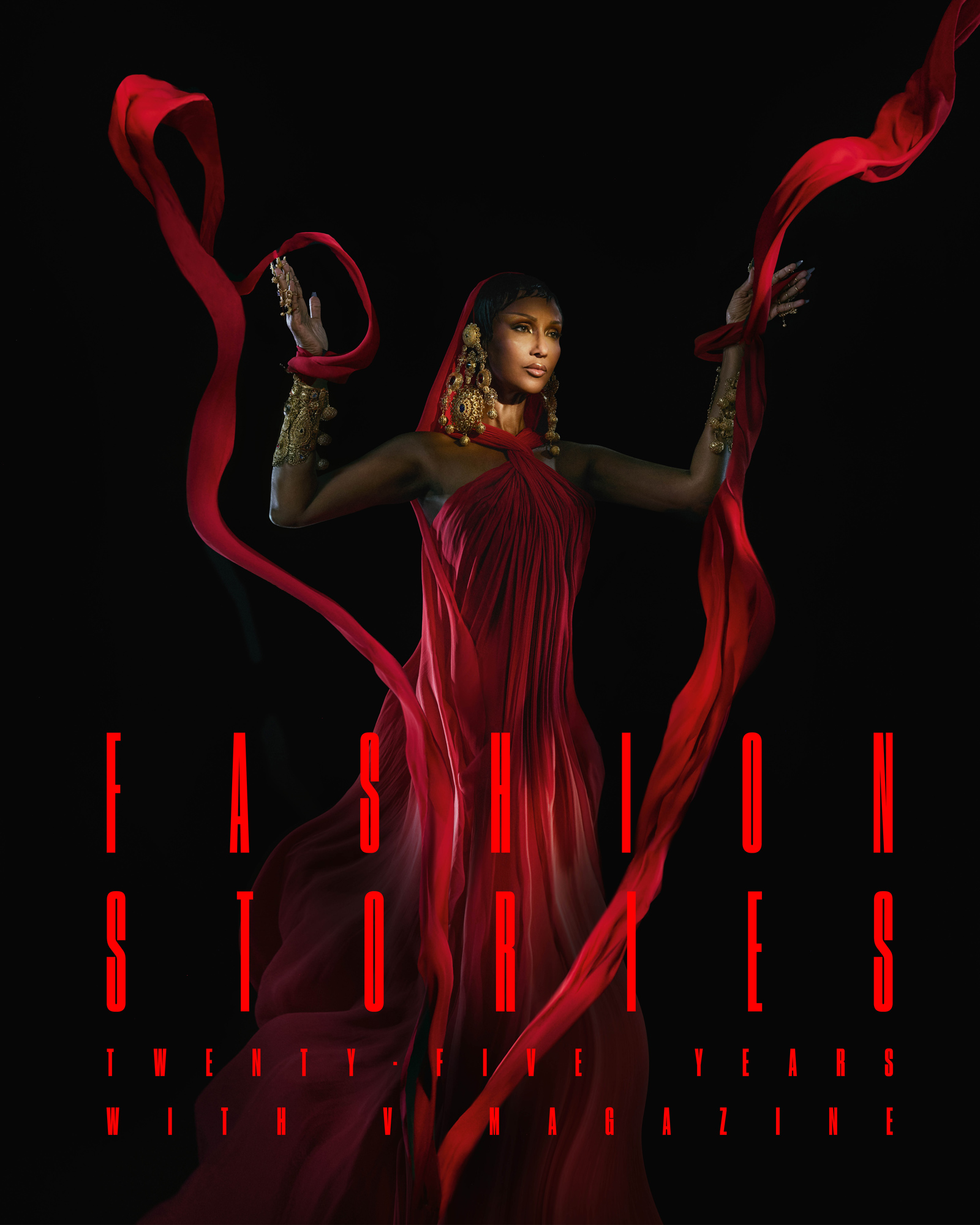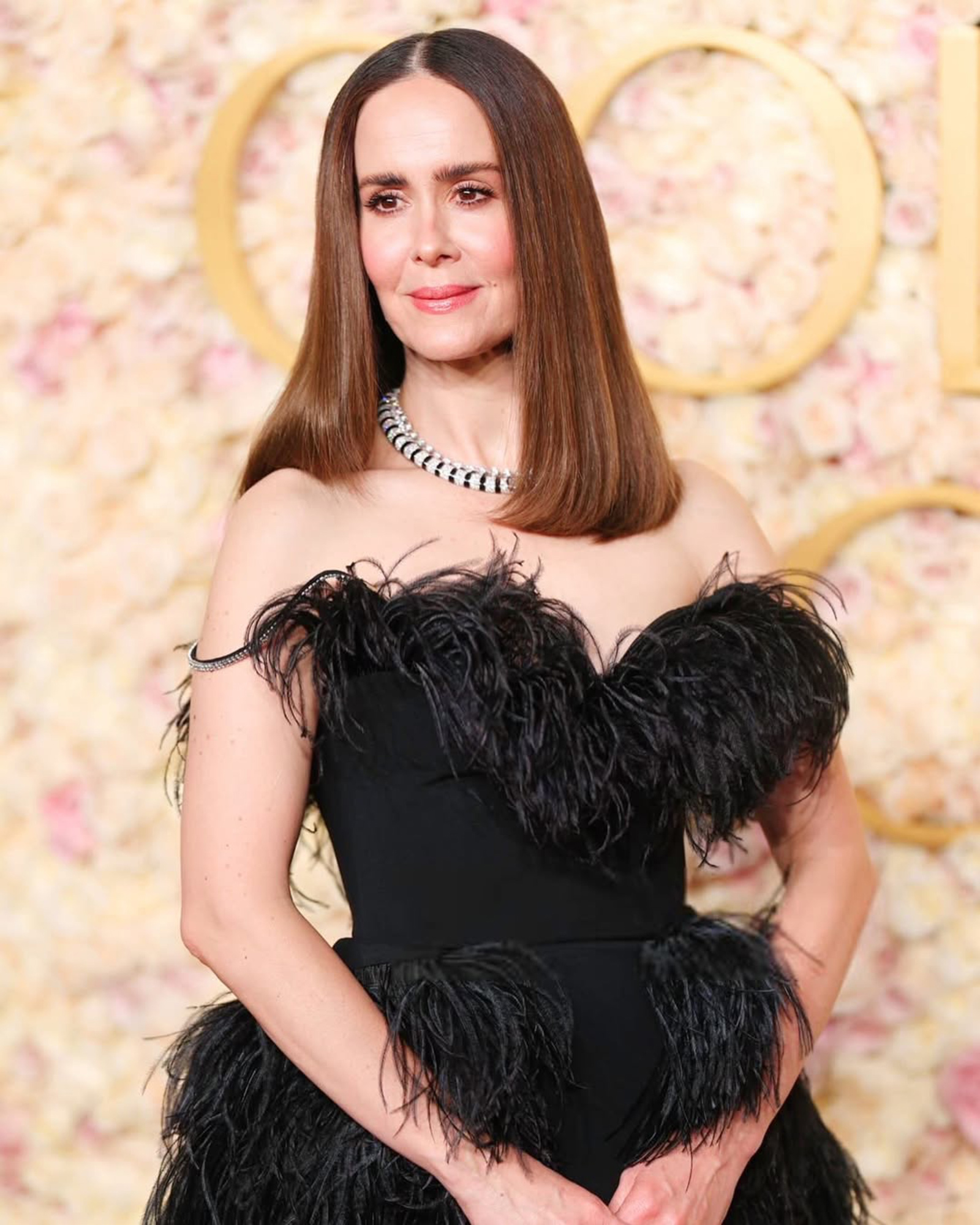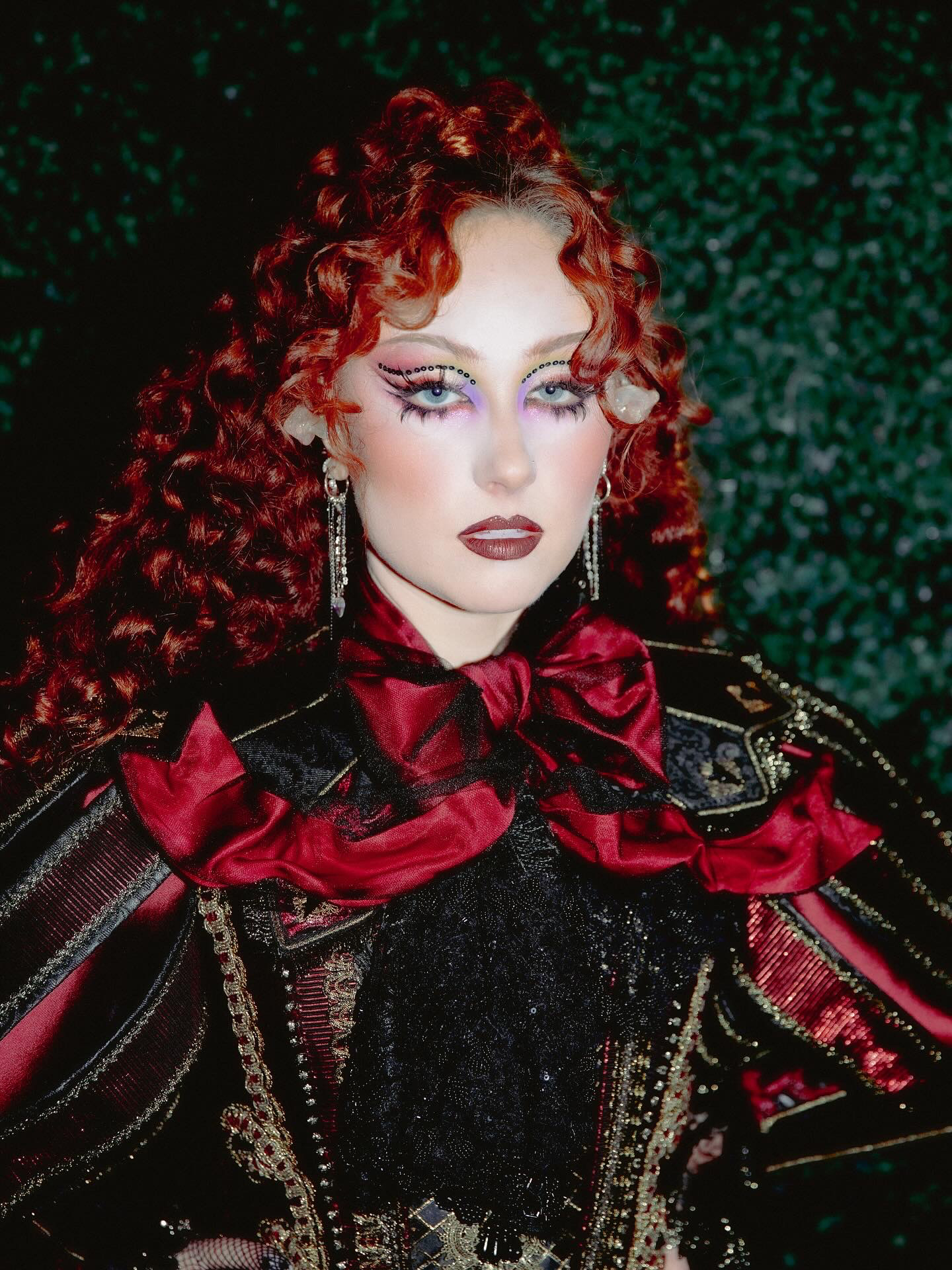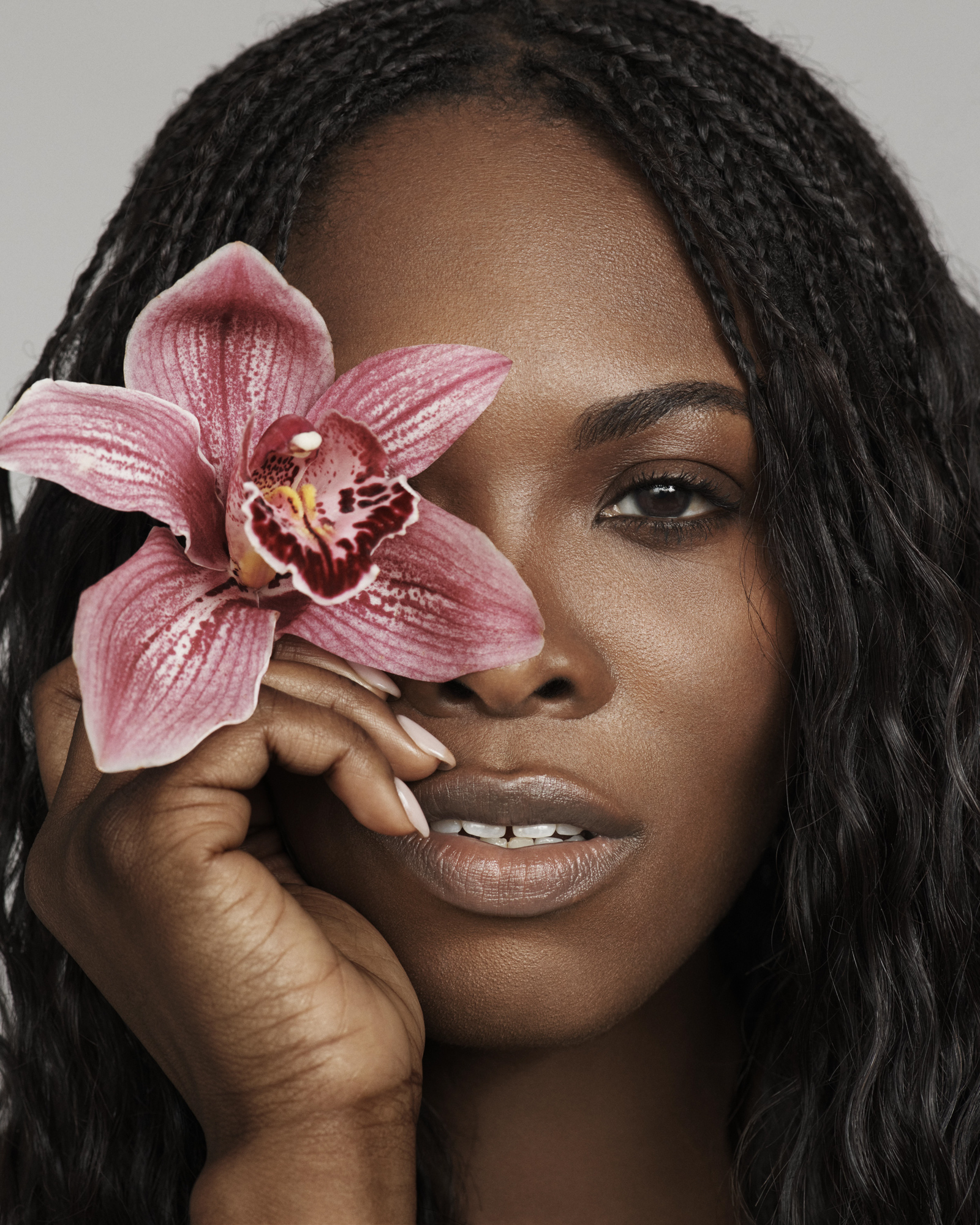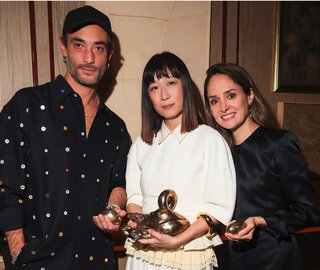It’s a crisp afternoon in October, and Lacy Redway is radiant — fresh off the heels of an InStyle Image Maker award and on the cusp of a forthcoming Vogue cover. It is immediately apparent why her hair artistry has become quite ubiquitous in Hollywood and fashion — she is masterful, charmingly disarming, and under her expertise and precision, curls and tresses turn into grand coifs resembling art pieces. Yet at the heart of her work is a level of care and understanding that can only be crafted by the safety that hair requires, and ultimately shaped by her own hair experiences. Born in Jamaica, Redway’s favorite hairstyles were showcased in 90s films, sitcoms, and music videos from Dancehall Queen to Moesha and TRL. While her early memories of hair were marked by nostalgia, her personal hair journey wasn’t always seamless, as a particular negative experience became serendipitous.
After experiencing significant hair damage from a faulty relaxer, Redway took to learning how to do her own hair and quickly began servicing her friends and classmates. By 11, she’d begin work as a travelling hair stylist servicing her patrons in the comfort of their homes and basements, but it wasn’t until years later that she realized that hairdressing could be a viable, glamorous career — one that didn’t have to be separate from her love of fashion and desire to work in the industry. Today, Redway is styling the tresses of Ayo Edibiri, Tessa Thompson, Pamela Anderson, and Chappell Roan and prepping her clientele for cover stories in Harper’s Bazaar, Elle, and Vogue. She’s responsible for a myriad of memorable hairstyles during the MET Gala, shapeshifting braided hair into a cowboy hat, while executing perfectly coiffed curls, sleek bobs, and embracing different textured hair. Models.com contributor Nia Shumake spoke with the hairstylist about her upbringing, creative process, and mindset shifts as she scales.
What hairstyles were your favorite as a child?
I grew up in the 90s, so the styles that I romanticized were often from sitcoms, which were a huge part of my childhood. I watched Dancehall Queen, Moesha, 106 & Park, TRL, and Poetic Justice. I also watched and listened to the music videos of SWV and Total and noticed how they were bringing different styles to the forefront. Even seeing people out and about around me excited me. The ’90s are really where hairstylists were more graphic and used products to really shape and shift the way hair can move.
How did you first learn to do hair?
I learned how to do my own hair out of necessity. I came to America with immigrant parents who had to work very hard to be able to afford to be here. My mom worked as a babysitter and took care of other people’s kids to provide opportunities for us, so getting a relaxer was an easy way of making sure that my hair was done, but then it broke off. So. I became my first client, and I was experimenting with my dolls and friends. I was the girl doing hair at school.
When did you realize that you could work in fashion as a stylist?
From ages 11 to 14, I was doing hair in people’s homes. At 14, I wanted to advance my braiding skills, so I apprenticed at a braiding shop. Sometimes, stylists would let me braid the back of their clients, but just watching the braiders really elevated my skills. Then I worked in a hair salon as an assistant for Angie Phipps, who did photo shoots for hair packaging. I would go on set with her, stand next to the photographer, and when the hair moved out of place, I would fluff it back in place. That experience introduced me to the idea of photo shoots, which I never really thought of. Simultaneously, throughout high school, I continued doing hair and eventually created my own photo shoot after that experience, since I wanted to start a portfolio. I always wanted to work in fashion and started to realize that this was what I wanted to do. I was only exposed to working in a salon, so I didn’t know that hair could take me in the path [in fashion] that I wanted to go in. I initially wanted to be a fashion publicist because I watched a show on MTV that featured Kelly Cutrone and these badass fashion girls. I thought PR was going to be the thing, but hair was always there.
How did you transition from salon work to editorial work?
I was posting my work on Model Mayhem, and then I started reaching out to agencies to secure an assistant position. I researched bylines in Vogue, Harper’s Bazaar, Marie Claire, W, and back then, you had to have a portfolio and drop it off, hoping someone would even look at it. I remember Oprah Winfrey’s show featuring an episode where she was doing makeovers, and I only remember the hairstylists who were on the show. She had Kim Kimble, Harry Josh, and Ted Gibson, which was exciting for me to see because I really wanted to assist them. I was eventually able to get on an assistant list form from the photos I started accumulating from doing shoots with Model Mayhem. Myspace and Facebook were also social media platforms where I shared my work.
What was it like assisting Guido Palau, Odile Gilbert, and Eugene Souleiman?
It was amazing for me, but not so amazing when you think about how the industry was, where you’re like, “Damn, there weren’t a lot of people of color backstage.” I had the opportunity to bounce around and work with a lot of different people at once. Different people taught me different things; some people taught me how to be in the room, some people taught me the execution of a style, and others taught me prep. Working with Guido was tough because everybody was excellent and really sharp. At the time when I was coming up in the industry, Alexandra Wang and Marc Jacobs’ shows were the two shows you had to do. They were the biggest shows happening in New York Fashion Week, and Guido was the lead for both, and still to this day, he probably leads most of the top shows that are happening worldwide.
Who would you say your first clients were when you started leading teams during New York Fashion Week?
[I think] the first show I ever led was for Seventeen Magazine. I’d also started working with Tresemme, and it’s funny because now I lead shows for them.
What was the most transformative point of your career?
My first Vogue cover was one of the most transformative points in my career because it’s what I’ve dreamt of since entering the fashion industry, and then the fact that it was photographed by Annie Leibovitz. Additionally, getting signed to my first agency was always huge because it felt like I belonged. 2020 was also a pivotal moment for me in my career. That year, I decided to take my business in-house. I stepped away from working with traditional agencies and I had a conversation with God and said, “If this is as far as you take me, thank you.” I was so grateful for where I’d been and my career. It was then that I bet on myself, and then everything opened up for me.
There was also the first time I assisted Guido, I came recommended, and many stylists were giving my name to his team. I wasn’t available at the time the call time was, but because I kept coming up as someone that they should know, they told me to come whenever I could. When I got there, I started braiding as I normally would, and I didn’t realize that I was braiding faster than some other people on the team. I drew a crowd around me from the other hairstylists who were watching to see what technique I was using. I think that was how I secured my slot on that hair team – it was a pivotal moment for me in recognizing that I had something special.
How do you prepare for the unpredictable/ indecisive moments that come with working in editorial?
I like to stay ready, so I never have to get ready. What that means for me is that I’m preparing options. So even once I receive the creative deck and I know the direction,especially if I know who the talent is, I’m bringing more items. For example, a lot of times when you shoot a creative person, the magazine might have its point of view of what they want this person to look like and the person has their own point of view. It’s often our job as the hairstylist to marry the visions together while not losing ourselves and making sure our point of view is also coming through in the styling.
I travel with a lot of tools for an editorial, more so than I would for a celebrity red carpet moment. I bring multiple suitcases that are filled with wigs, extensions, fillers, color sprays, threads, fishing wire, and a leaf blower to get anything done. I always joke about being on set as a [America’s Next] Top Model challenge because that’s my reference. Having a lot of material and options to work with is how I stay ready. On my phone, I don’t bring a physical portfolio, but I do have folders that I create that have references that I can pull from. Especially if I’m shooting someone I know or have worked with before. I start to create subfolders so that the client and I can share ideas back and forth with each other.
Where exactly are you sourcing your inspiration?
My inspiration comes from everywhere. Travelling plays a huge role because I can expand my mind and see different ways of life, different people, and different textiles. I can find inspiration by seeing the way a basket is woven, and then that influences me to create a new braiding style. I also collect art books. If I’m creating a hairstyle, I try to learn about its history so that I’m not being irresponsible. It’s important to credit where things started, and I like to bring styles from different tribes in Africa that I researched.
You began pricing your service at just a few dollars as a young girl and now work with brands and celebrities. I’m curious about what mindset adjustments you’ve had to make as you’ve scaled.
Honestly, becoming a mother has taught me about myself and how I want to navigate my career. I’ve learned that I want to work smarter, not harder, and that for me means learning how to scale the business as opposed to just constantly running without anywhere to go, and hoping that something sticks. Scaling means to me knowing where you stand, when it’s time to move on from something, when something isn’t working, and when to ask for more.
Safety is such an integral part of what it means to be a hair artist. How do you cultivate safe environments for your clients, and what hair memories have shaped your desire to create emotionally safe spaces?
A part of the safety that we provide is being able to keep your insecurities private. There could be people suffering from hair loss or who have scalp issues, and touching somebody’s scalp is seeing them in their most vulnerable state. With a lot of entertainers, the version that the public gets to see is their persona; we see them in their most authentic space because they’re basically stripping off layers. With my own experience with my hair and having my own hair insecurities growing up, I’m sensitive to anyone that I work with, and I want to protect them and the experience by not highlighting what they wouldn’t want highlighted. I am very serious about bringing in my own team members who have that same agenda.
